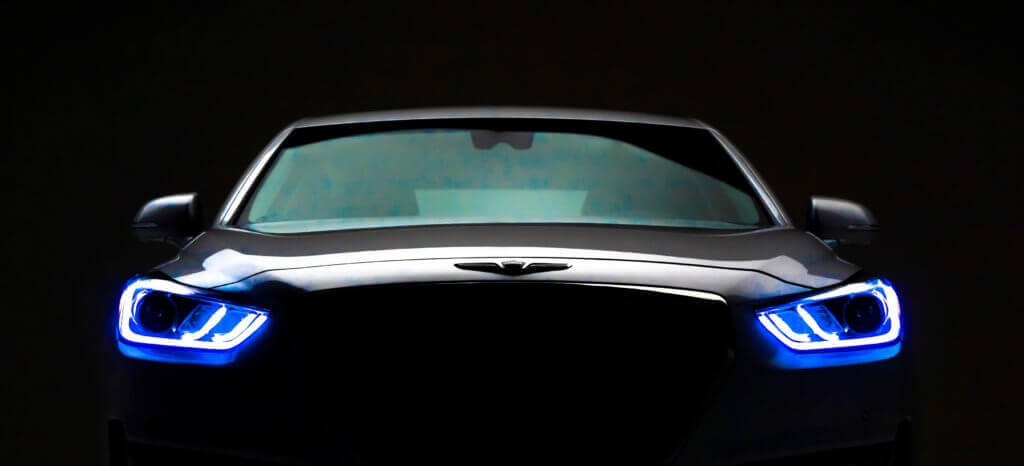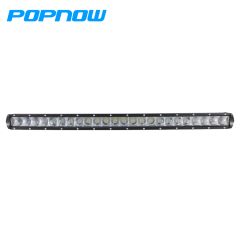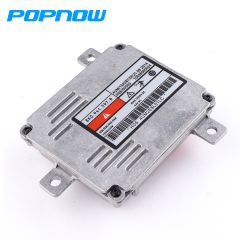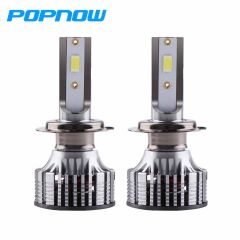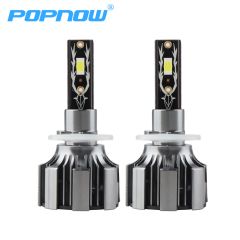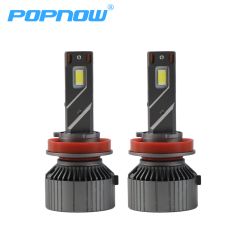Many people stick with their car's standard headlights without ever considering that there are other lights that are brighter, more economical, and safer than factory lights. Not to mention that any headlights will eventually go out, including the ones your car is equipped with. When this happens, it makes sense to check the available options.
LED headlight conversion kits are a great answer. Most LED headlamps can be installed in minutes and come with a convenient conversion kit. LED lights are known to be energy efficient and to last longer than other types of bulbs. This is more than enough to offset the slightly higher initial cost. But which conversion tool should you get? The type of vehicle you drive has a lot to do with this.
Key Considerations
Types of headlight Bulbs
There are three main types of non-standard headlamps.
Of the different types of headlamps, high-intensity discharge (HID) headlamps provide the furthest visibility. They emit a cool light instead of the warm glow of regular and halogen headlights.
The halogen headlamps create a halo around the main projected beam, giving the impression of the vehicle's eyes glowing. They are noticeably brighter than regular headlights.
LED headlight bulbs are the most energy efficient. They last much longer than other headlights. This offsets the higher initial cost of LED headlamps.
Power output
Power output (measured in lumens) determines the brightness and uniformity of the headlamp beam. It should be bright enough to illuminate the road without blinding oncoming drivers. A standard 100-watt bulb emits 1600 lumens. An LED headlamp that emits 8,000 lumens is five times as bright as a regular 100-watt bulb.
Vehicle Compatibility
Before buying a headlamp, be sure to check that it is compatible with your vehicle. Manufacturers usually provide a compatibility chart for this. Be sure to consult before making a final decision.
Easy to install
Paying a mechanic to install new headlights for you is usually a waste of money. Installing new headlights is easy. However, the better it is designed, the easier it will be to install. Your best bet is to read what other customers have to say about the installation process.
Color temperature
The color temperature of light emitted by a headlamp is measured in Kelvin (K). There is an inverse relationship between temperature and color. The higher the temperature, the cooler the light, and the lower the temperature, the warmer the light.
Warm light ranges from 2500 to 4000 K and cool light ranges from 5000 to 8000 K. Most LED headlamps emit cool colors ranging from 5000 to 6500 K.
Feature
Material
The body and housing of an LED headlamp, as well as the fins on the radiator, are usually made of aluminum or aluminum alloys. Cooling fans usually have copper and stainless steel components. If you find an LED headlight conversion kit made of other materials, take a closer look at what those materials are to make sure you don't end up with a flimsy kit.
Cooling fan
LED headlamps generate a lot of heat during normal operation. This leads to the necessity of a cooling fan. Keep an eye out for user reviews of the cooling fans included in the LED headlight conversion kit. Some fans are loud enough to be heard in the cabin. Others create electronic interference with car dashboards. Quiet fans that don't create distractions cost more to make, so you'll have to pay a little more to get these benefits.
Heat sink
All LED headlamps have radiator fins, which are arranged in a circle around the base of the lamp. A cooling fan blows air over the fins to cool the light. However, some conversion kits have advanced heatsinks that don't require a fan. Kits using these fanless heatsinks will not interfere.
Lifetime
Generally, LED headlamps last longer than regular headlamps or halogen headlamps. The lifespan of LED headlamps varies from 10,000 hours to 50,000 hours.
LED CHIPS
Chip-on-Board (COB) LED headlamps use the method of placing the LED chips directly on the circuit board. This results in fewer components for the LED chip and about 25% less heat dissipation. The less heat, the longer the life of the headlamp.
Tips
Waterproof:
LED headlight conversion kits that are not waterproof are a waste of money. Install the lights, then test them by spraying a garden hose over the headlights while the car is running and the lights are on. Hold for at least five minutes. If water does not enter the assembly, the headlamp passes the test.
Cooling Fans:
LED headlamps generate a lot of heat, which is why they have cooling fans. If the light is too hot to touch after a few hours of continuous use, it means the light isn't cooling as well as it should. The fan may be defective or insufficient for the task.

